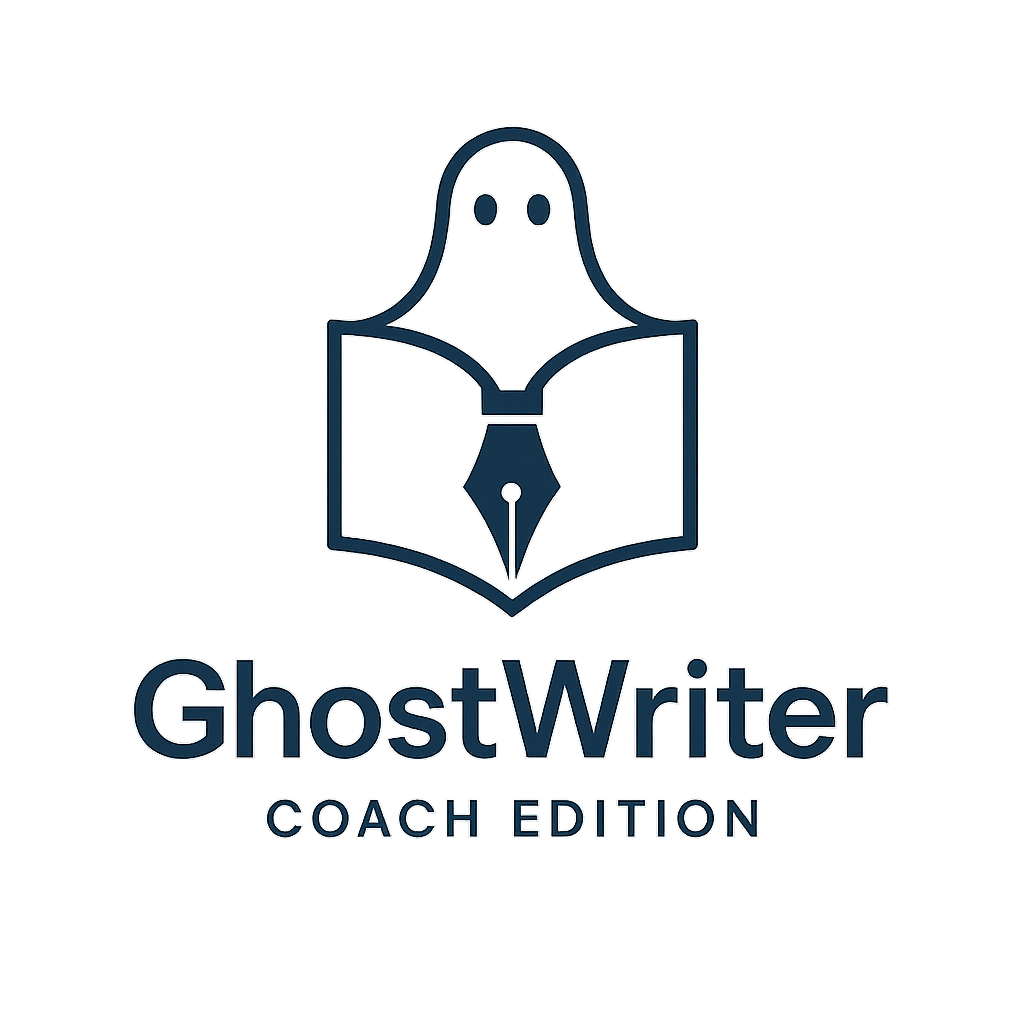For many experts and leaders, the challenge isn't a lack of ideas, but how to organize them into a coherent, compelling narrative that resonates with readers. A strong book structure provides the essential scaffolding, guiding both the writer and the reader from introduction to conclusion. Without it, even brilliant insights can get lost in a disorganized ramble.
As a coach, helping your client nail the structure early on is one of the most valuable services you can provide. GhostWriter's outlining tools are designed specifically to facilitate this critical stage.
Why Structure Matters
- Clarity for the Writer: A clear outline breaks the project into logical chunks, reducing overwhelm and providing a roadmap for the writing process.
- Guidance for the Reader: A well-structured book flows logically, making complex ideas easier to understand and follow.
- Ensuring Key Messages Land: Structure helps ensure all essential points are covered and reinforced appropriately.
- Preventing Scope Creep: A defined outline helps keep the writing focused and prevents tangents that dilute the core message.
Common Non-Fiction Structures
While every book is unique, several common structures work well for business and thought leadership books. Consider these when working with your client:
- Problem/Solution: Identify a key problem the reader faces, explore its nuances, and then present the client's unique solution or methodology.
- Chronological/Process: Guide the reader through a specific process, journey, or historical evolution step-by-step.
- Thematic: Organize chapters around core themes or principles related to the central topic. Each chapter explores a different facet.
- Case Study Driven: Use specific examples or case studies to illustrate broader principles or frameworks.
- Hub and Spoke: A central concept (the hub) is introduced, and subsequent chapters (spokes) explore different applications or aspects of that concept.
Using GhostWriter for Structuring
GhostWriter makes collaborative outlining intuitive:
- Visual Outlining: Use the drag-and-drop interface to easily map out parts, chapters, and sections. Rearrange elements until the flow feels right.
- Import Existing Outlines: If you already have a structure planned, simply import it into the platform.
- Prompt Generation Link: Remember that the outline directly fuels the writing prompts. A detailed outline leads to more specific and helpful prompts for your client.
- Flexibility: Outlines aren't set in stone. You can easily modify and adapt the structure within GhostWriter as the writing evolves and new ideas emerge.
Investing time in structuring the book upfront using GhostWriter saves significant time and frustration down the line. It sets your client up for a smoother writing experience and results in a more impactful, reader-friendly final product.


